Frédéric Magnien Bourgogne Chardonnay 2020
The domaine's 45 hectares are located in the villages of Morey-Saint-Denis, Jevres-Chambertan, Chambolle-Mouzigny and Vaune-Romanée, with several Premier cru and Grand cru vineyards. These include the grand cru vineyards Clos de la Roche, Clos Saint-Denis and Charmes-Chambertin. The average age of Frédéric Magnien's vines is nearly 50 years.
Chardonnay is a variety that has been cultivated for centuries in Burgundy. Its birthplace is the village of the same name in Saône-et-Loire. For this wine, Frédéric Magnier selected grapes coming from several vineyards in the Côte de Nuits. Fermentation is spontaneous.
Profile
-
Fruit
-
Body
-
Dryness
-
Freshness
-
Alcohol
Variety
Flavours
-

-

-

-

Glass

Serving Temperature

Food pairing
-

-

-

Maturity
Drink nowYou may like these...
More of the same producer
More about this product
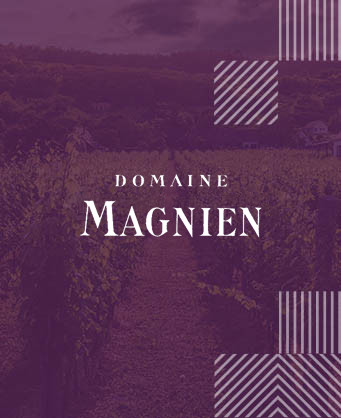
Frederic Magnien
Frédéric Magnien is a new generation winemaker, born in 1969 in one of the most beautiful wine regions in Burgundy, he is the fifth generation winemaker of the Magnien family - combining his talent with the terroir of Côte d'Or. Heir to Michel Magnien, Frederick strives to grow wines of the highest quality by introducing the biodynamic method in viticulture in 2010. Biodynamic viticulture allows the plant to strengthen and recharge with energy thanks to natural forces, rather than working against nature. The high quality of Frédéric Magnien wine is due to the harmony between the natural elements - careful observation of the plants and listening to the soil.
All wines of the same producer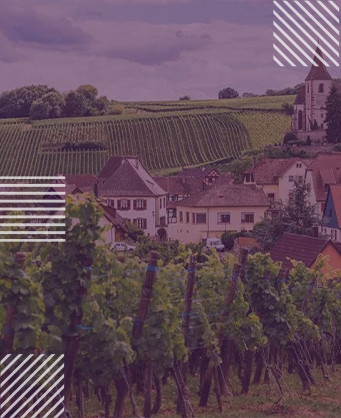
Burgundy
In this area, red wines are produced from one variety - Pinot Noir, but the wines actually vary in quality from light and ordinary to rich, complex and truly majestic. Burgundy is famous for its small vineyards and it is generally believed that the smaller the area of the vineyard, the better the wine. The best Burgundy wines come from Côte d'Or, a strip of only 30 miles, divided in the center into 2 separate parts; Côte de Nuit to the north and Côte de Beaune to the south. The fame of Cotê de Nuits is in the red wines - 95% of Pinot Noir grapes are produced here. Of course, here are some of the best, able to age, the most exotic and expensive wines. The Côte de Beaune produces approximately 38% white wine, 60% red wine and 2% sparkling wine. The white wine variety is exclusively Chardonnay, and the quality varies from the best, Montrachets and Corton Charlemagnes, Meursault, Puligny and Chassagne to the more ordinary Macon Blanc. The former are traditionally aged in small oak barrels, while Macon wines are usually lighter in character and have a good value for money. The red wines from Beaune do not have the fame of their "brothers" from Côte de Nuit, with exceptions here are those who come from Pomard, Corton and Volney. In general, they are lighter in style, but depending on the harvest they can show potential that successfully competes with the Côte de Nuits and beyond.
More wines of this region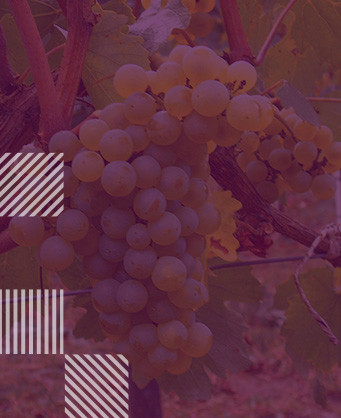
Chardonnay
Chardonnay is the world's most famous white-wine grape and also one of the most widely planted. Of course, the most highly regarded expressions of the variety are those from Burgundy and California, but many high-quality examples are made in Italy, Australia, New Zealand and parts of South America. Describing the flavours of Chardonnay is not easy. This is not thanks to the complexity of the varietal itself but usually due its susceptibility to winemaking techniques - such as Malolactic fermentation which gives distinctive buttery aromas or Fermentation or maturation in oak barrels which contributes to the wine with smokey notes of vanilla, honey and even cinnamon, and not last the lees contact while in barrel imparts biscuity, doughy flavours. And all these incorporated with the varietal aromas of tropical (banana, pineapple and guava) to stone fruits (peach, nectarine and apricot), sometimes even citrus and apple notes. Climate plays a major role in dictating which fruit flavours a Chardonnay will have - warm regions (California, Australia ) make more tropical styles; temperate zones (southern Burgundy, New Zealand) - stone fruit notes, while the very coolest (Chablis, Champagne) lean towards green-apple aromas.
More wines of the same variety
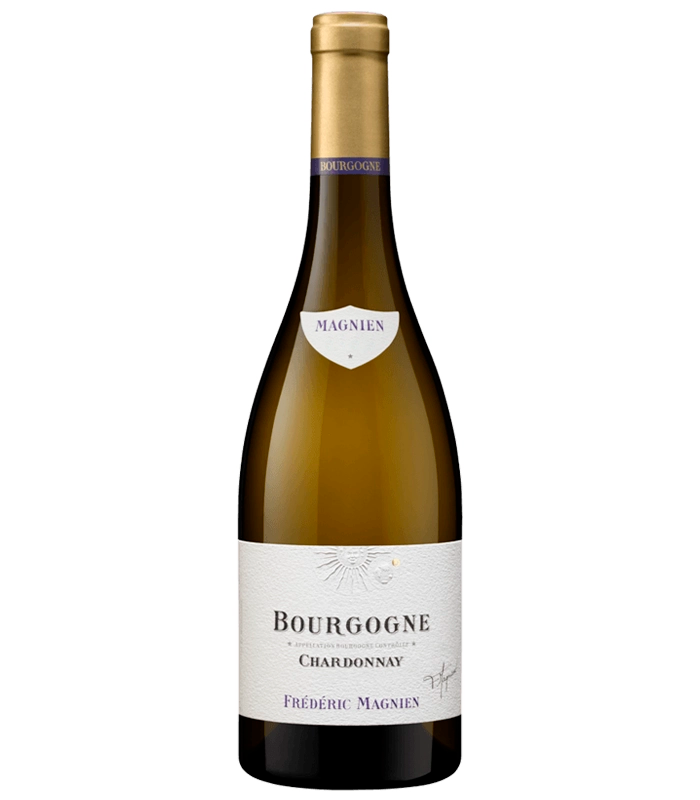


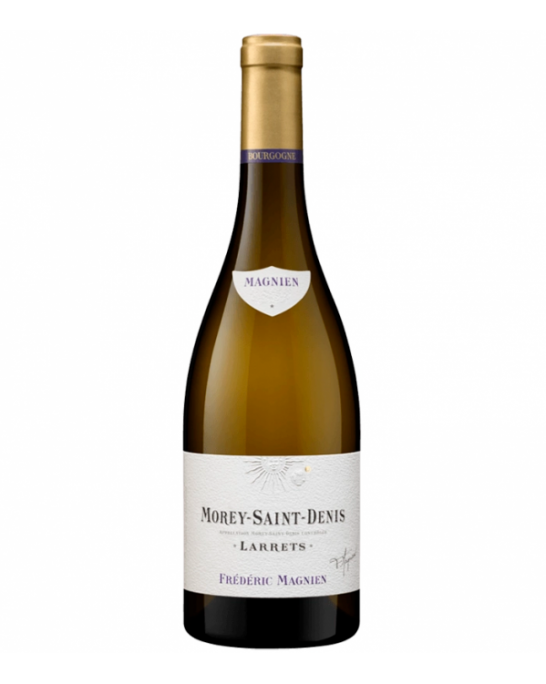
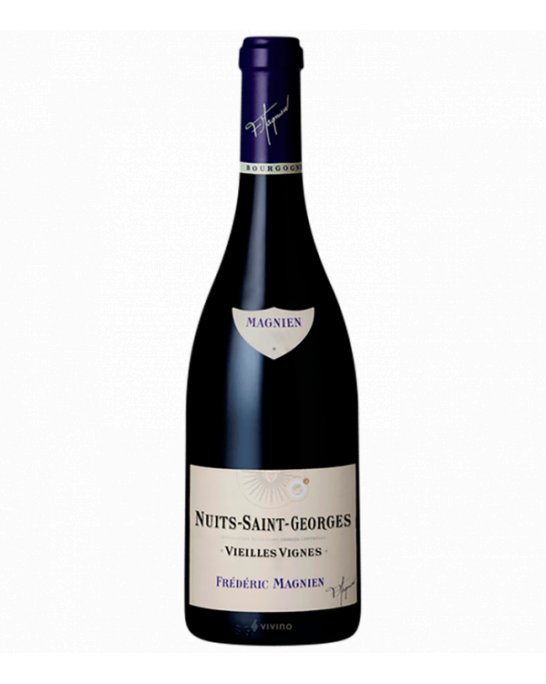
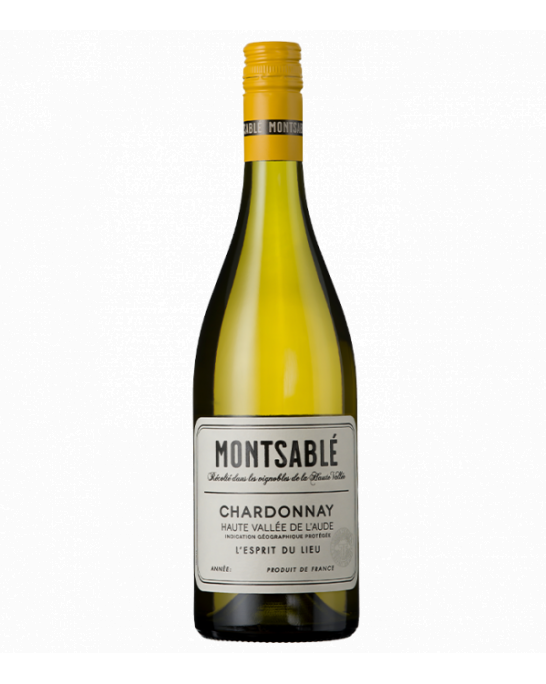
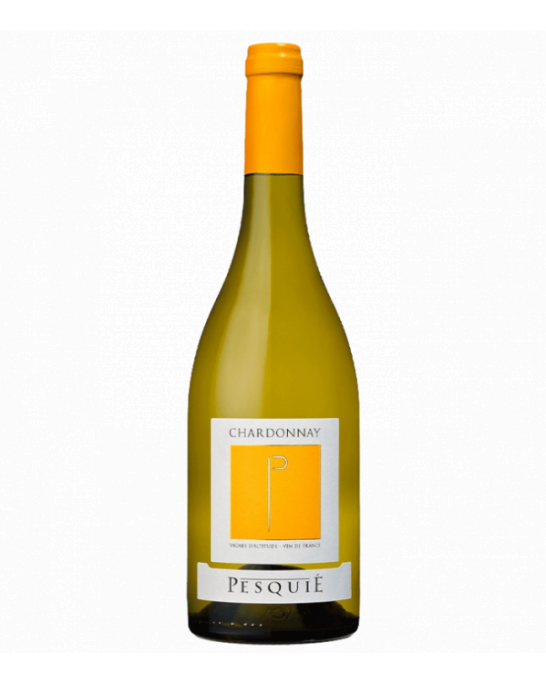
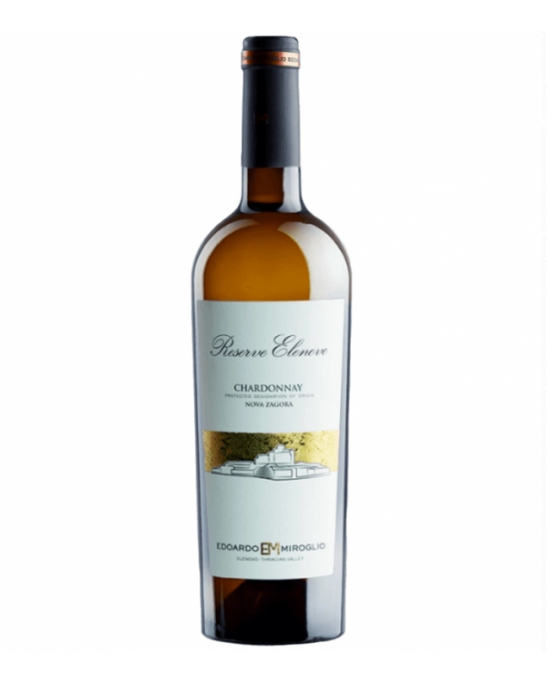
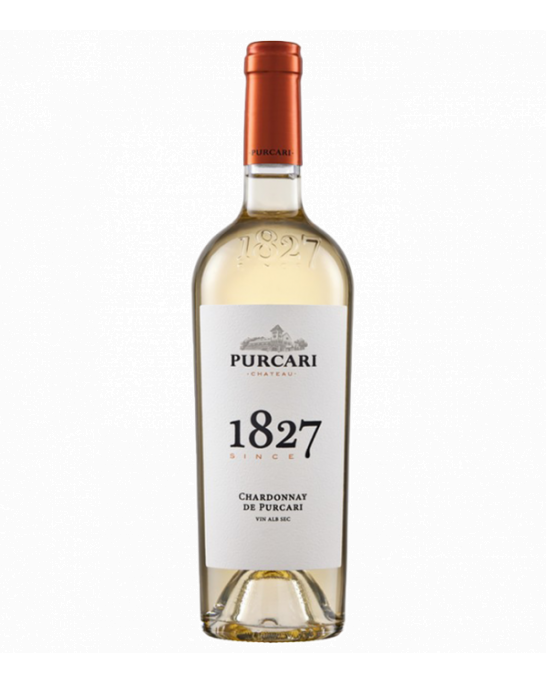
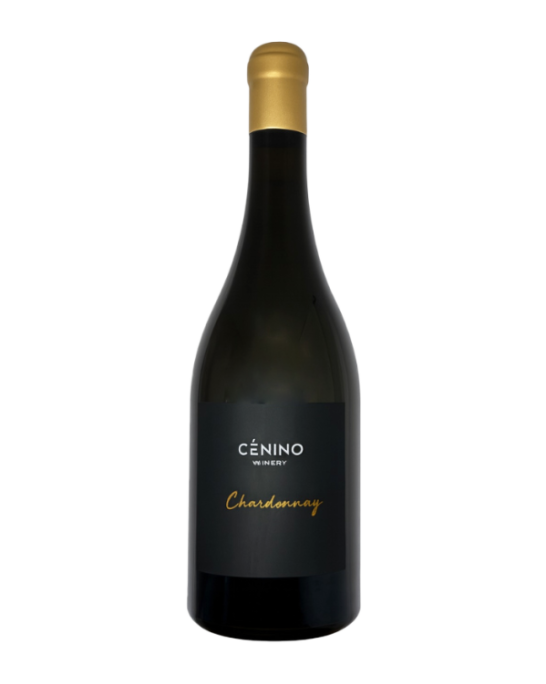
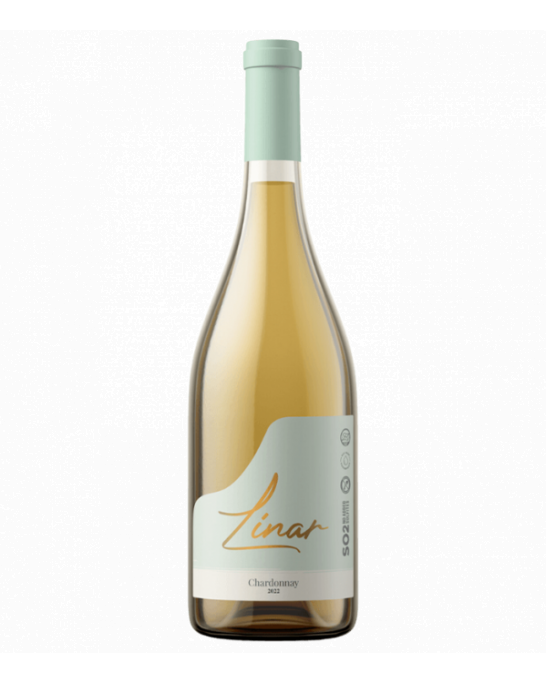
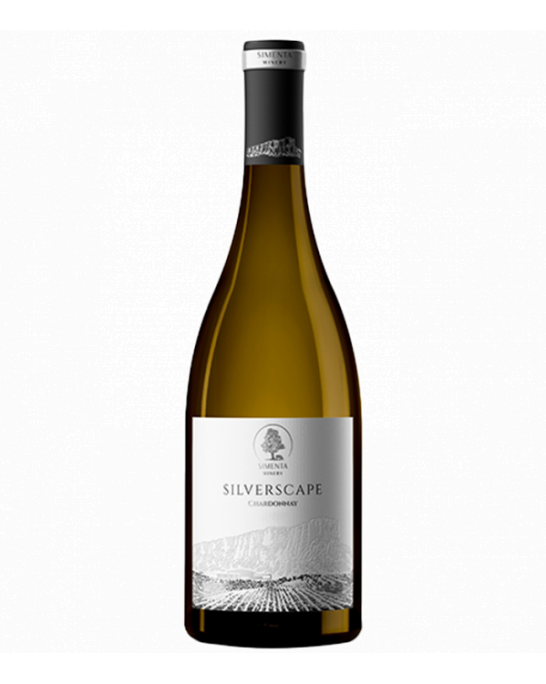
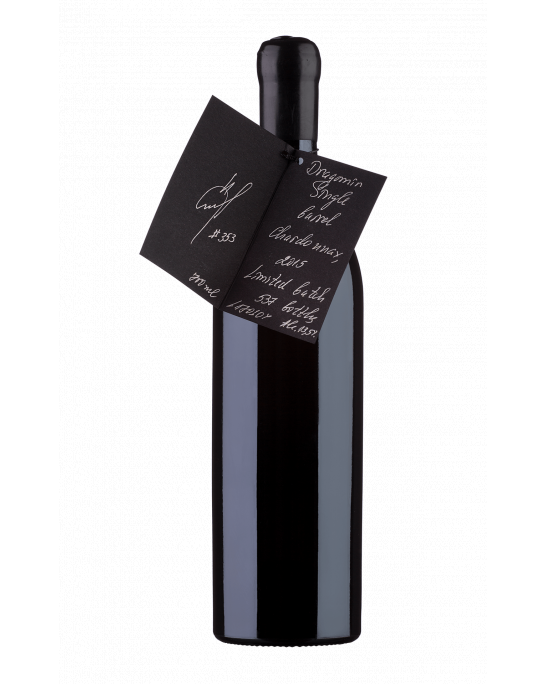
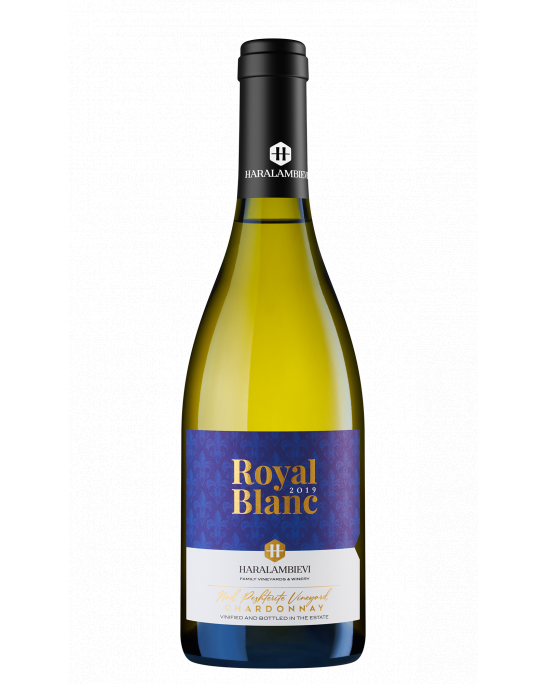
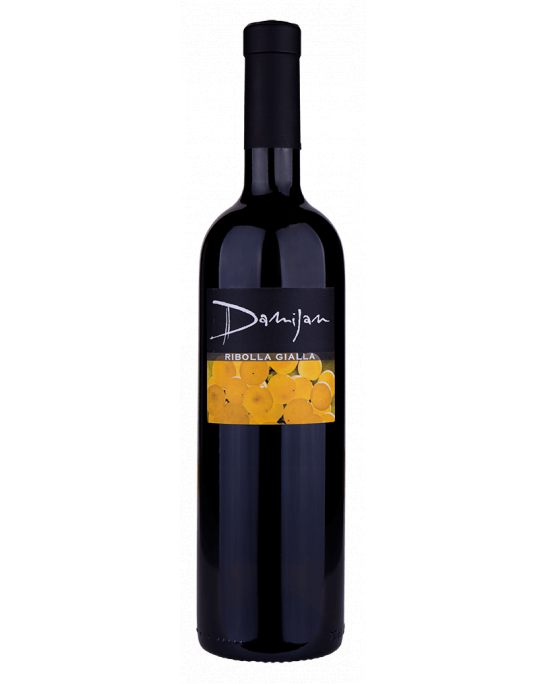
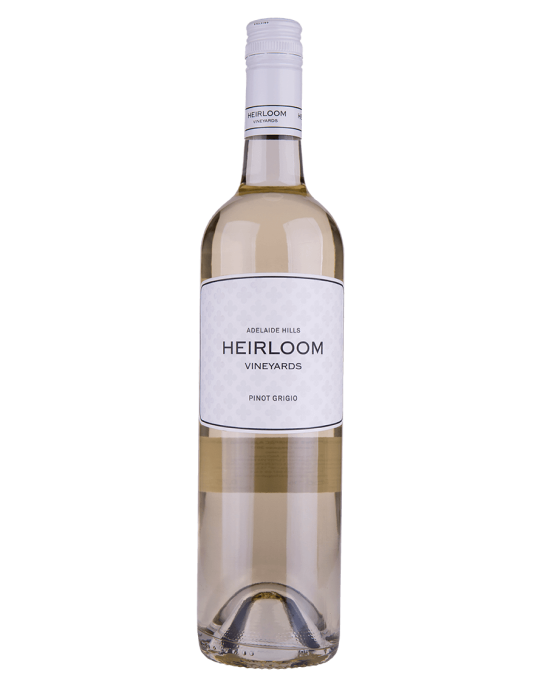
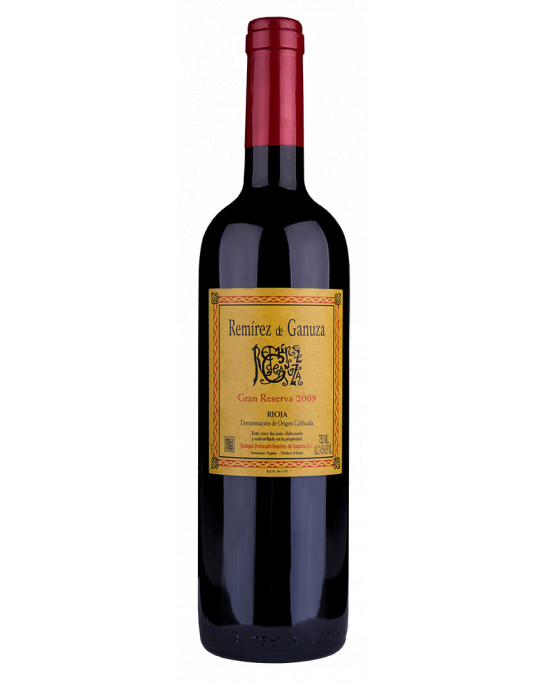
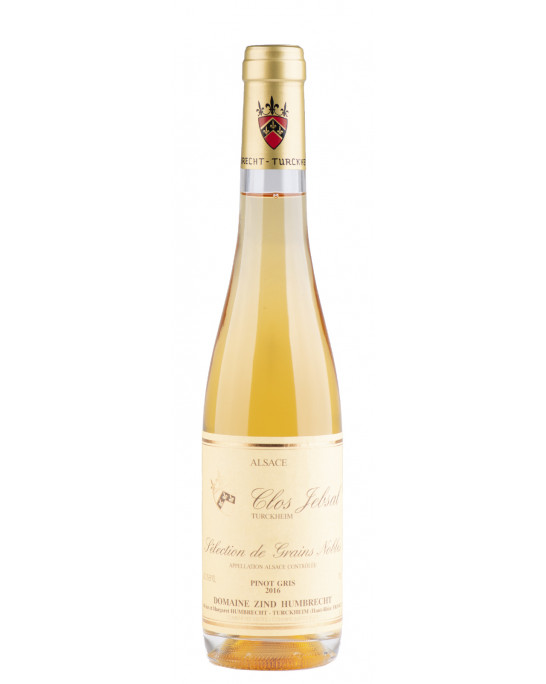
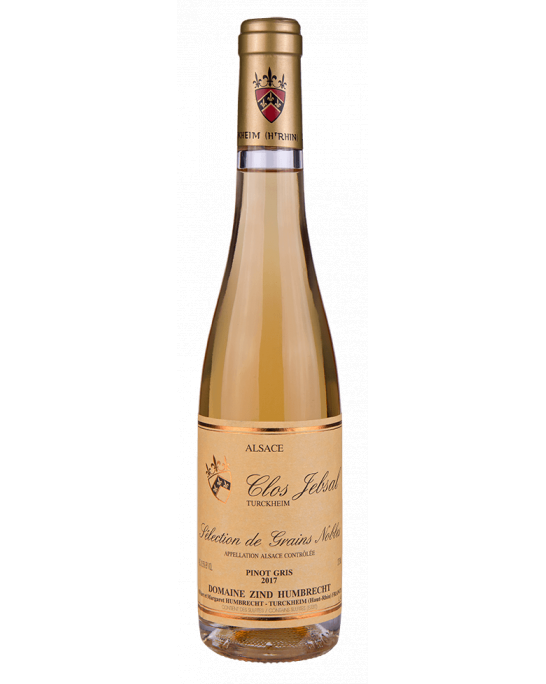
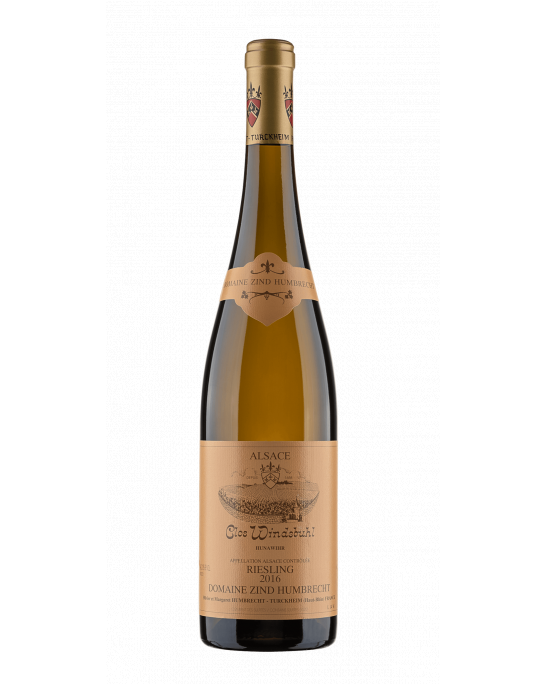
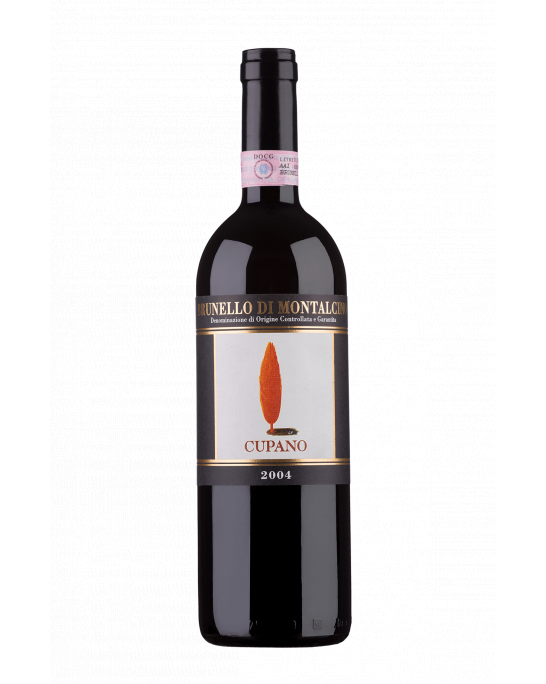
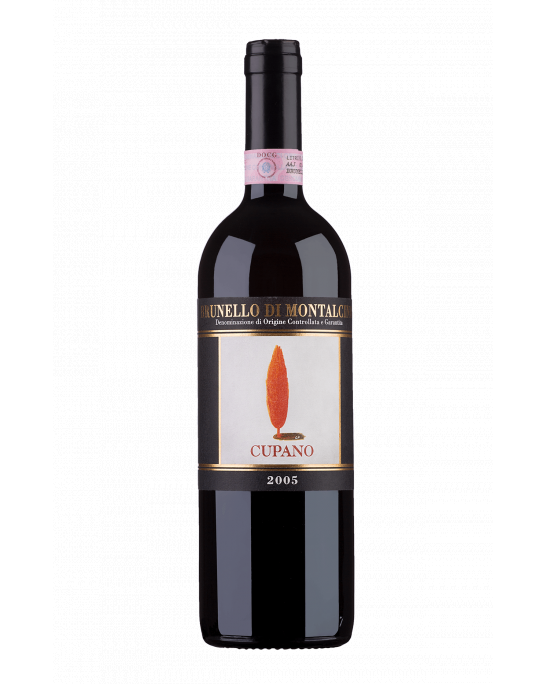
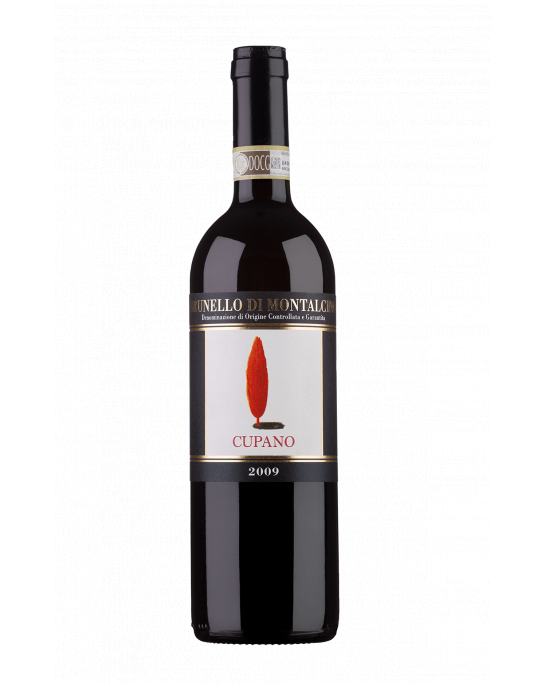
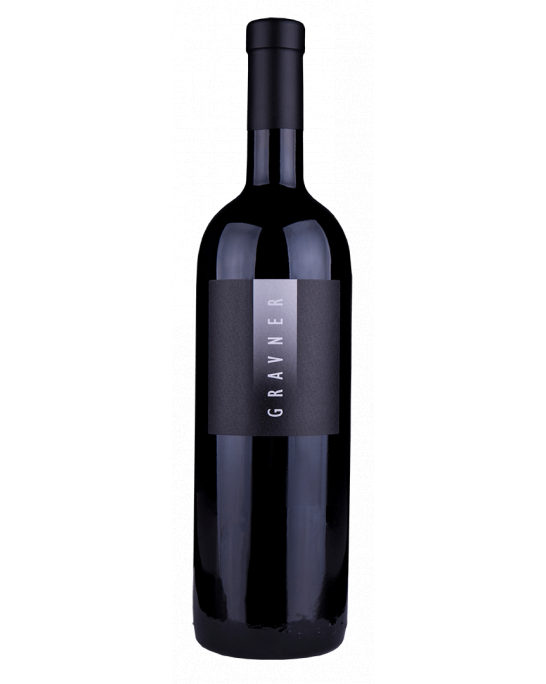
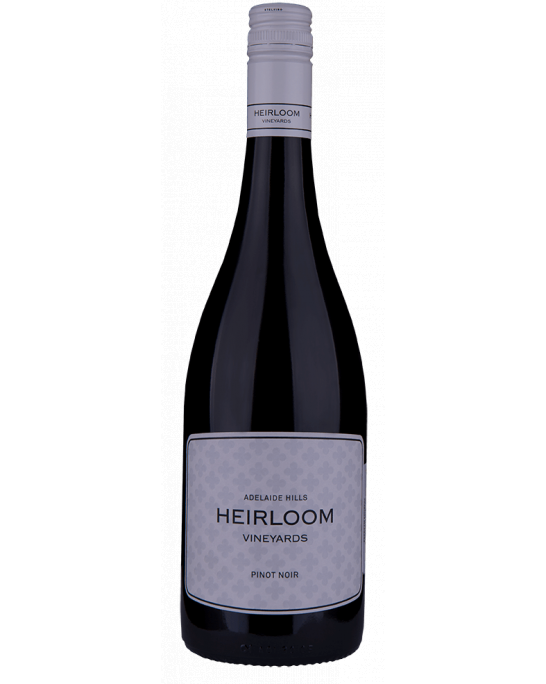
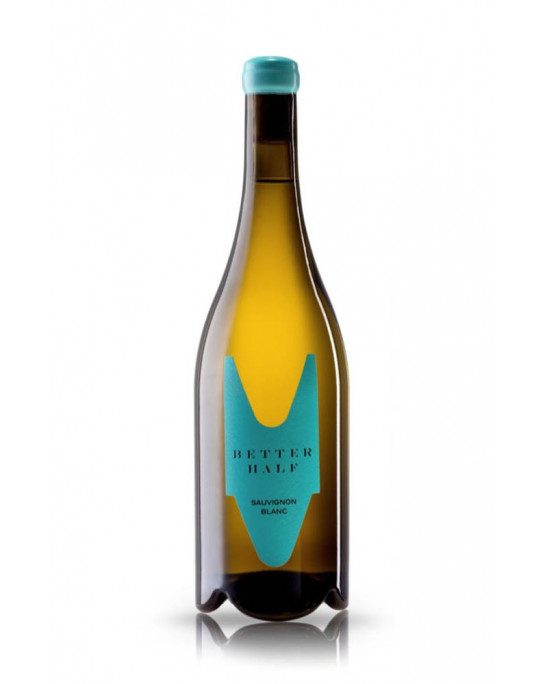
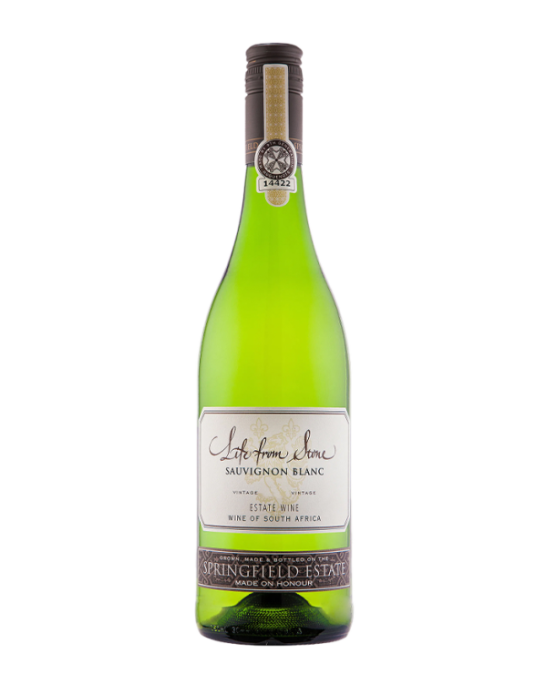
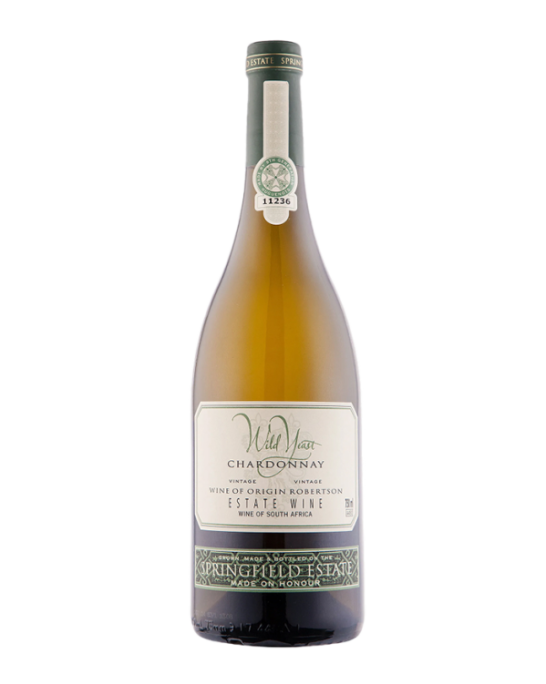
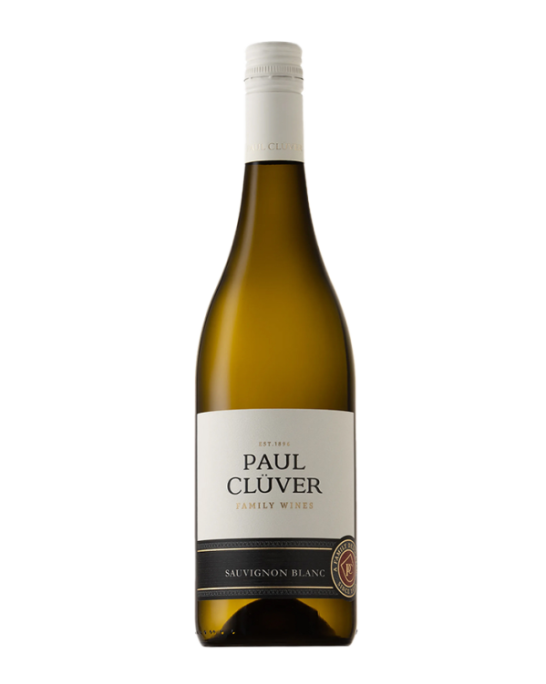
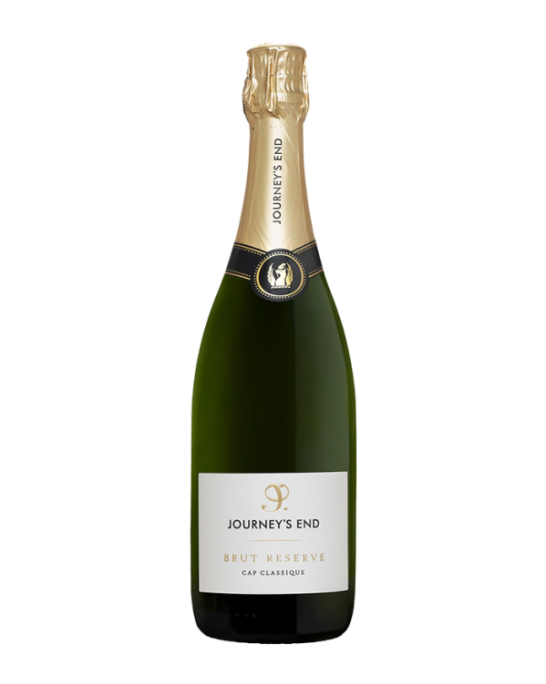
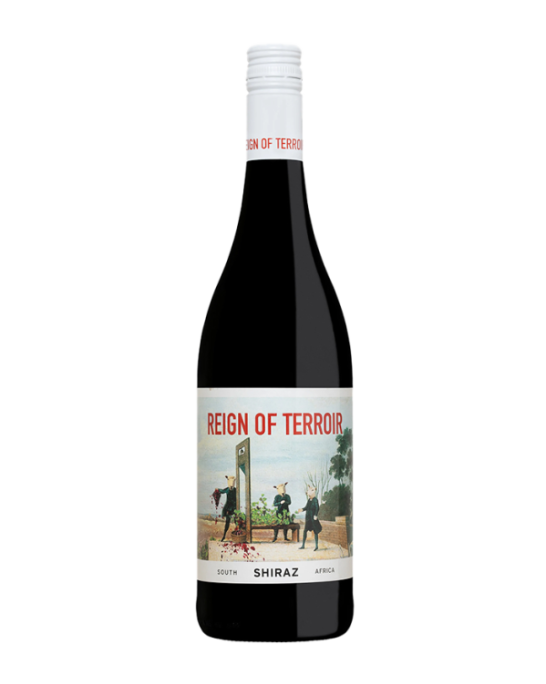
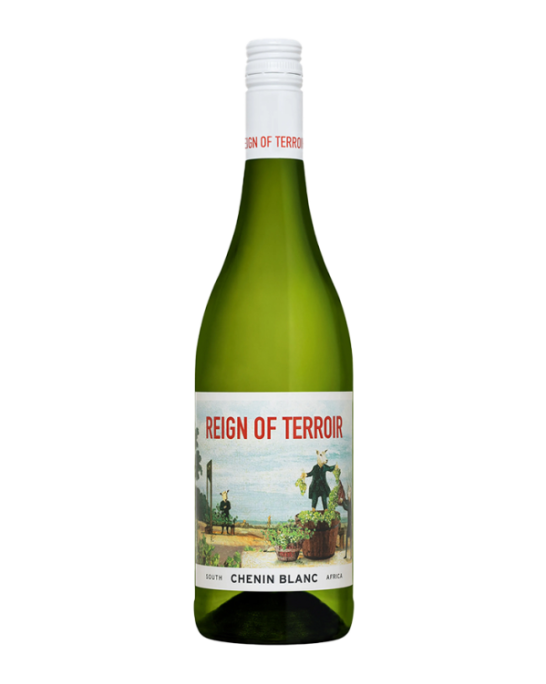
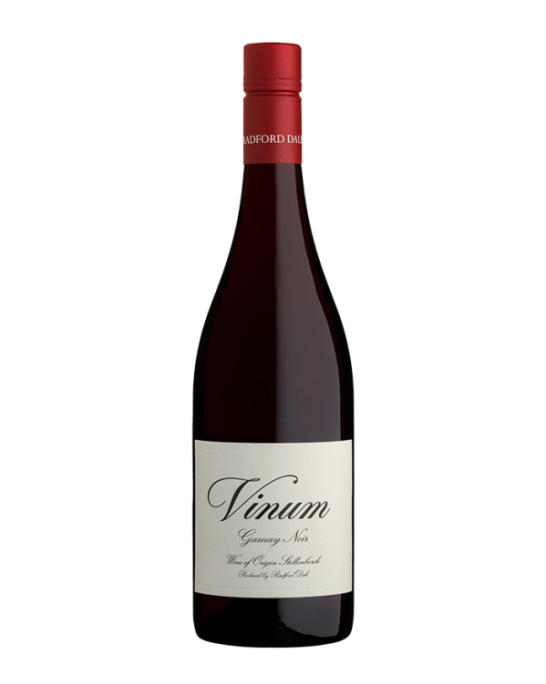
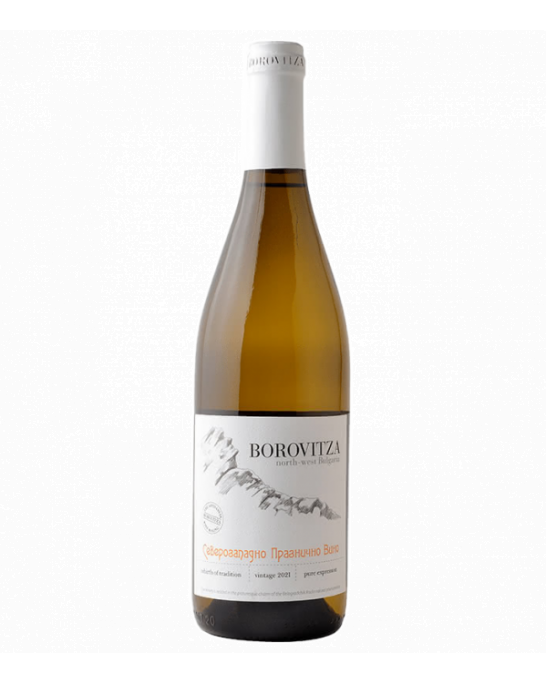
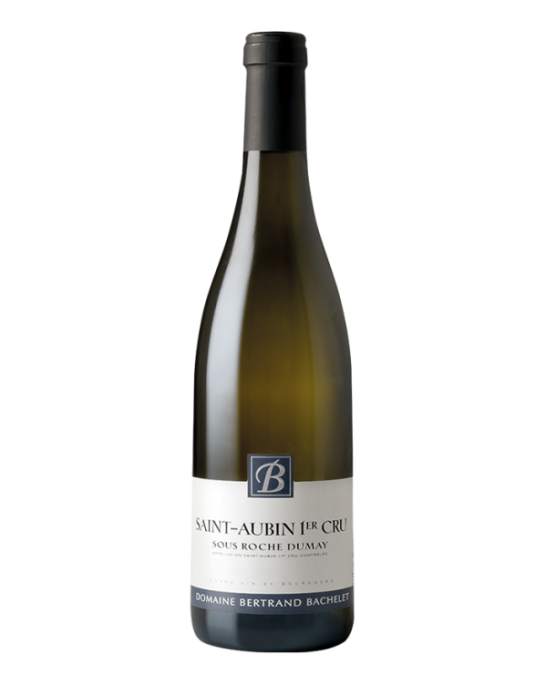
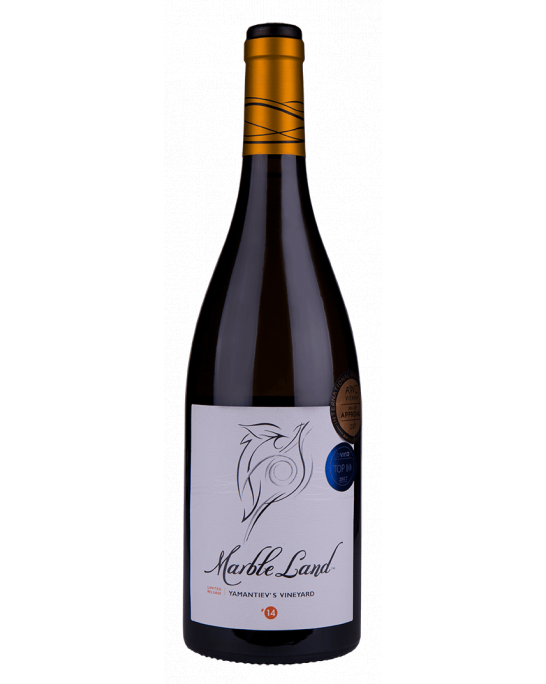
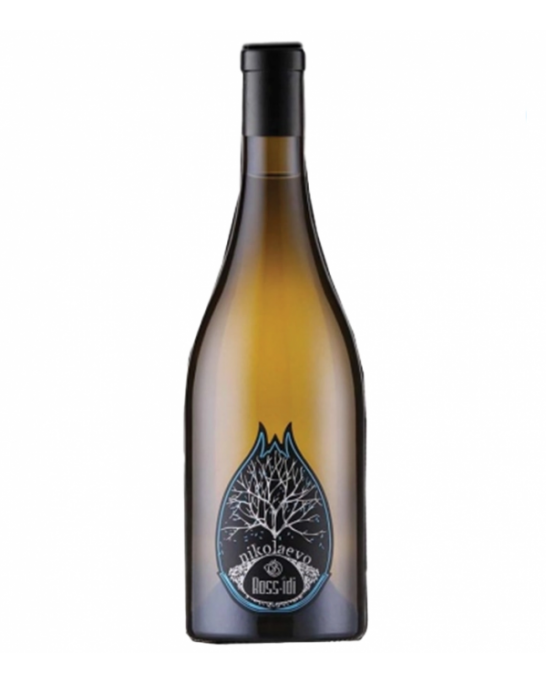
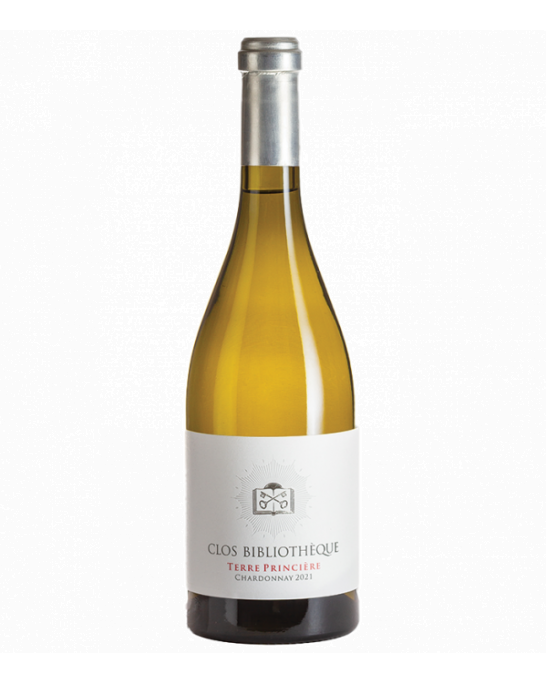
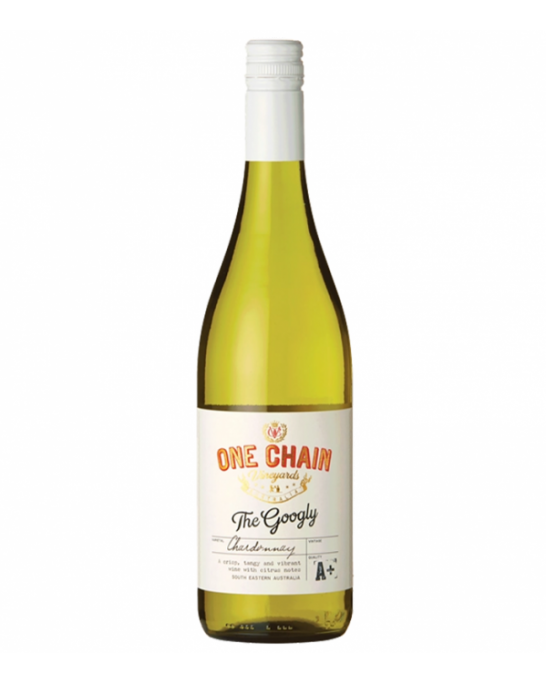

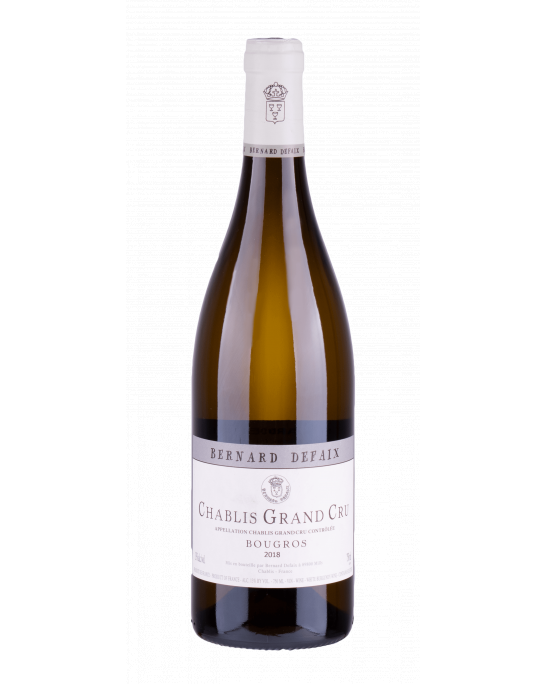
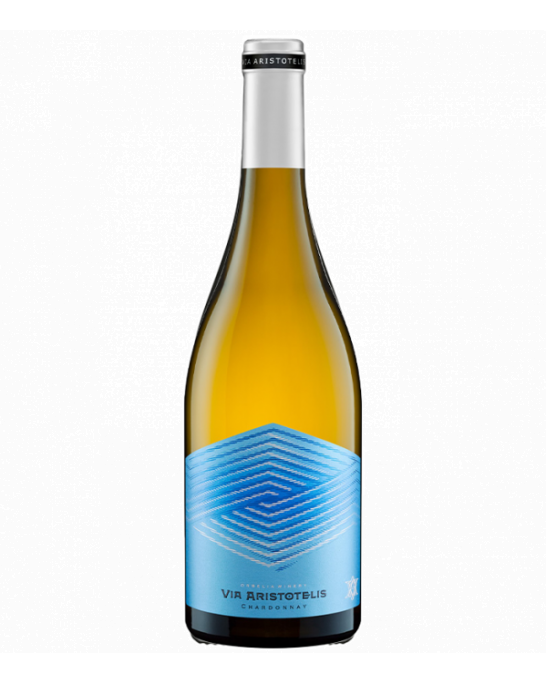
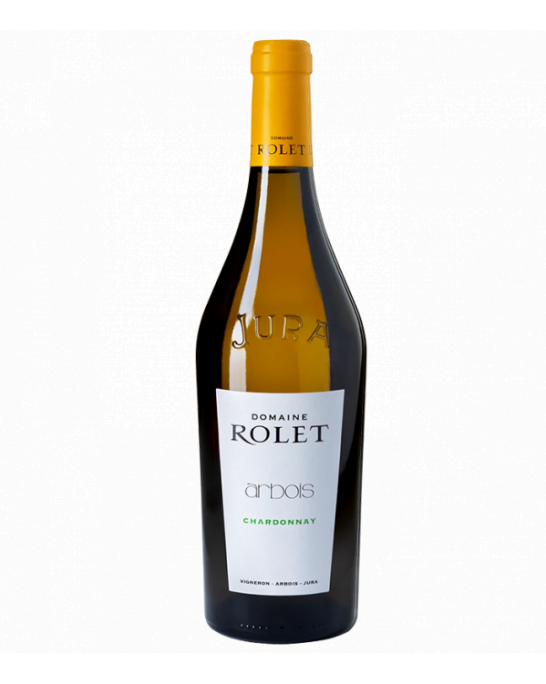
Customer reviews
No reviews available
Be the first to review